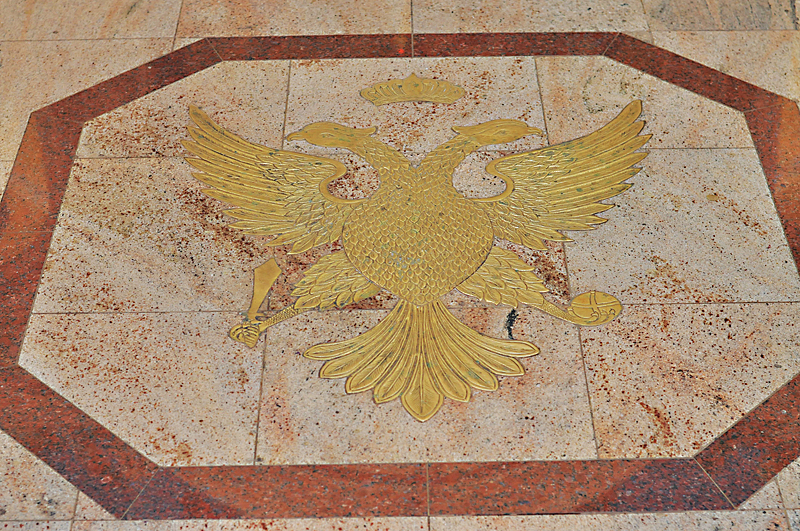Through it all, this Greek church in Mattituck endures

PERIODS OF STRUGGLE
On the evening of Nov. 27, 1984, a fire broke out at Transfiguration of Christ. Volunteers from the Mattituck and Cutchogue fire departments battled the blaze for more than two hours, with over 65 firefighters and six pieces of equipment at the scene.
With two arsons reported in Mattituck in the previous three months, investigators suspected the church fire could have been set intentionally, The Suffolk Times reported at the time.
As it turned out, the fire was actually caused by a lit candle in the altar area, which burned an adjacent partition and caused significant damage to the interior of the church.
Over the next four years, the community rallied, adopting the motto “Together we will grow.” Services were held in the church basement during this time.
Architect Gordon Ahlers of Jamesport designed the reconstruction, which was completed by O’Neill Builders of Bayport.
But like the first time around, much of the church’s effort to restore was driven by middle-class Greek residents of the North Fork. The church’s single largest donor was Peter Phillips, a man of fairly modest means, who donated a 45-foot-long handcrafted altar that cost more than $58,000 to construct.
“At that time one could buy two houses in Mattituck for that price,” Ms. Tsounis said.
The total reconstruction cost was nearly a quarter of a million dollars, according to an article Ms. Tsounis wrote earlier this month for greekreporter.com. The effort began with $80,000 in insurance money and was completed with about $150,000 raised by the community.
At its peak, Transfiguration of Christ was bursting at the seams with members, more than 350 of them filling every pew, even in wintertime.
But with another Greek church since established in Greenport and a larger $20 million church constructed in Southampton, the Mattituck church now draws from a smaller pool of congregants.
Perhaps the biggest change, church leaders say, is in the demographic. For more than 30 years, Ms. Tsounis ran a Sunday School for children at the church, but it closed more than a decade ago as the church population aged.
Today, about 200 members attend liturgy on a busy summer day, but only about 25 people, all of whom are retired, attend regularly in winter.
Father Makrinos blames this decline on a lack of jobs for young people in the area, a phenomenon impacting more than just the Greek community.
While the church founders have mostly passed away and the second generation has aged, third- and fourth-generation churchgoers have stayed in New York City, where they can find work.
“When I talk to young people about getting involved in the church they say, ‘Father, I’m only here when I’m on vacation,’ı” he said.
Father Makrinos said the youngest member of the Parish Council, which runs the church, is over 70. The oldest member is in his 90s.
When asked what that means for the future of the church, the priest slowly removed his hands from behind his head and gestured with both hands.
“I don’t know,” he said.
Photo: The symbol of the double-headed eagle was carried down by the Greek Orthodox Church from its Byzantine legacy. In Byzantine culture, the heads represent the emperor’s authority over both secular and religious matters, though church officials said today it also signifies keeping an eye on both the Eastern and Western worlds. (Credit: Grant Parpan)








